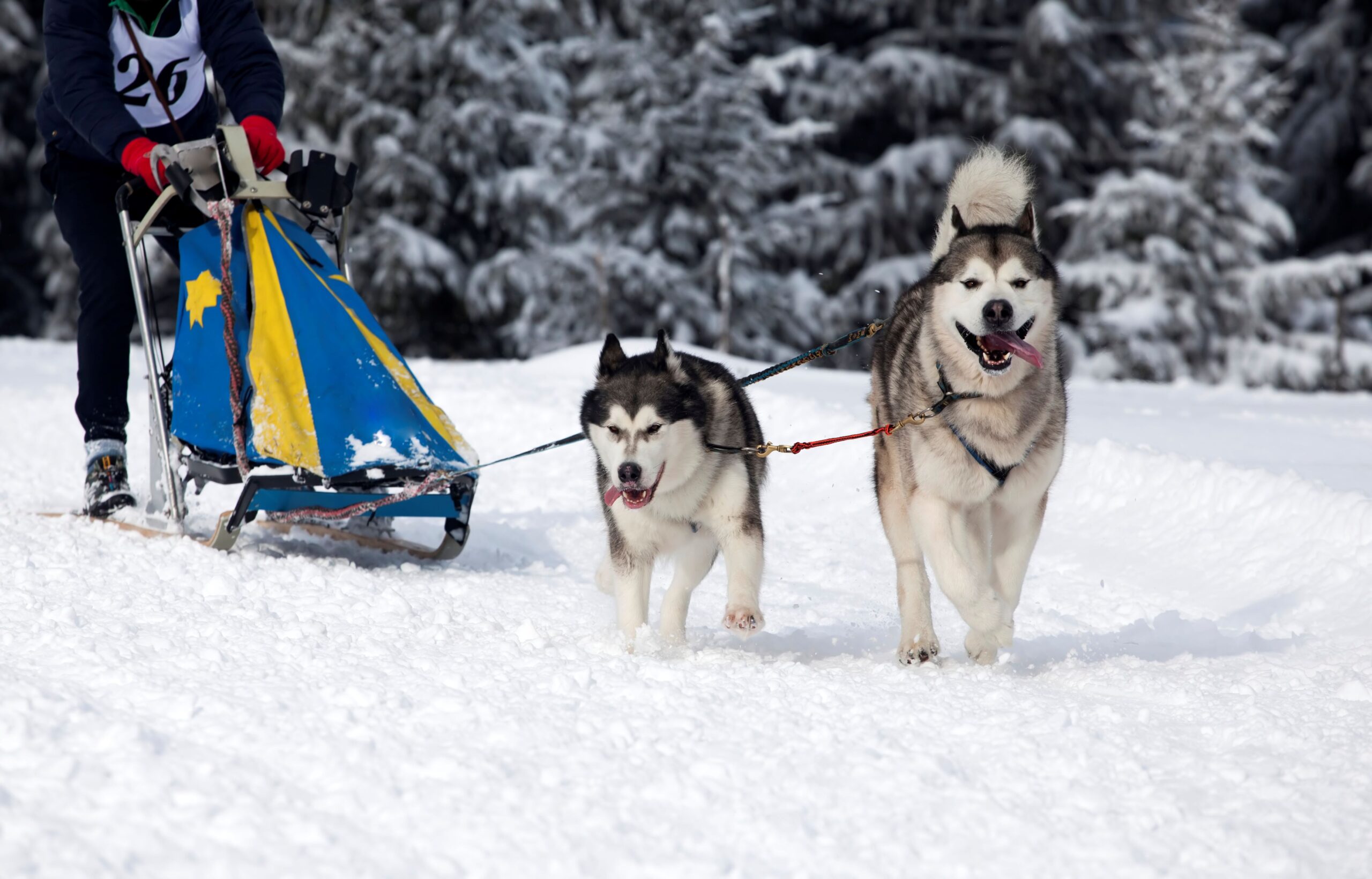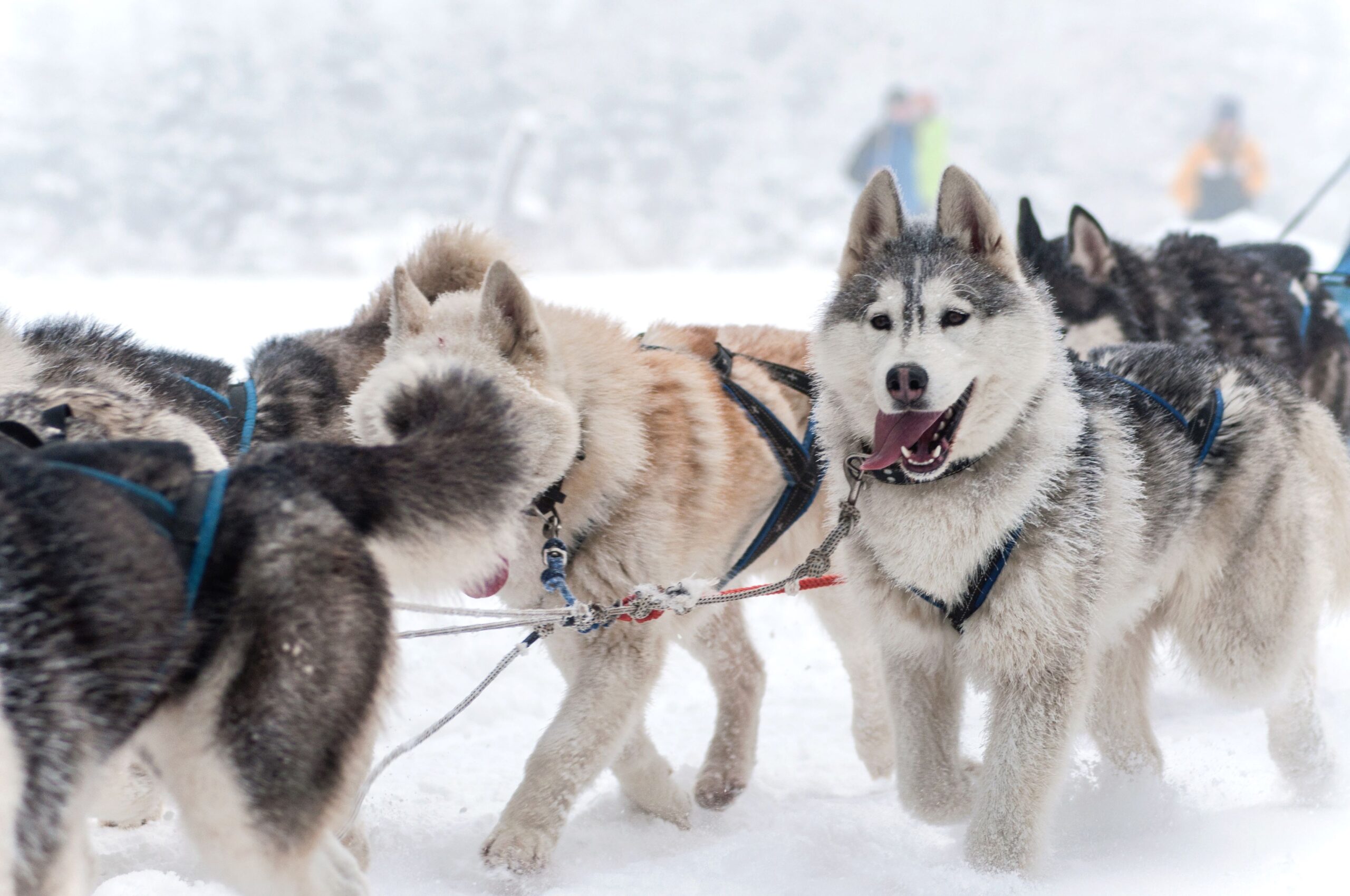At first, the quiet was surprising. You expect barking, commands, motion. And yes, those come later — but the first moments are still. You’re standing on packed snow, sky open above you, dogs tethered but focused. The air is sharp. It fills your lungs fast. Somewhere behind you, a guide adjusts the rigging. Someone laughs. Then one of the dogs yips, and that’s it: the rhythm begins.
Few winter experiences feel as elemental as this. Dog sled rides Winter Park visitors try each year aren’t just about the ride itself — they’re about surrendering to a pace that isn’t yours. It belongs to the team. To the trail. To the season. And once the sled moves, that logic takes over. You stop watching. You start listening.
The Allure of Winter Sledding
It isn’t speed that defines the experience. Not really. Though the sled can move fast over firm snow, and you may feel the lean of curves in your ribs, that isn’t what lingers. What stays is the sound. A kind of hush that follows the dogs’ stride, interrupted only by their breaths and the soft scrape of runners.
One rider, last February, said the sensation reminded her of “a whisper at shoulder-height.” Maybe she was referring to the wind. Maybe not. But the point stands — sledding feels low, close, and immersive. It’s not towering like skiing or twitchy like snowmobiles. It’s grounded.
Afternoons bring a different flavor. When the sun dips and the shadows stretch longer across the trail, the dogs grow more restless before launch. Guides often say it’s their favorite hour: not for photos, but for energy. You see it in the way the huskies dance, just barely tugging the harnesses, barely.
How It Works: Trails, Teams, and Timing
Not all trails are alike, and not all teams move the same. Routes are chosen based on conditions, snow depth, and wind — but also based on the dogs. The teams, mostly Alaskan or Siberian huskies, work in pairs and are rotated often. Some lead. Others pace. Some are there simply because the others won’t run without them.
The sled itself can hold one or two guests, depending on weight. Guides ride standing, adjusting speed with brake pads or body posture. It’s a quiet choreography. On narrow trails, they lean forward; on descents, they shift weight subtly. But you don’t notice that unless you’re looking. Most people don’t look. They’re watching the dogs.
Morning rides tend to be crisper, colder — with long streaks of light slashing between snow-laden trees. By mid-afternoon, snow softens slightly, and the track narrows where sun reaches. Those timing shifts matter. A guide once said, “We don’t choose the trail. The trail lets us through.”
Safety and Seasonal Considerations
Rides typically run from mid-December through March, depending on the snowpack. Earlier in the season, trails may be shorter or limited in altitude. Late-season rides carry their own magic — quieter trails, less wind, more sun. But also: slush. That changes how the sled behaves.
Safety isn’t just about helmets and harnesses. It’s about communication. Guides begin with a short briefing: how to sit, where to hold, when to speak (or not). Children can ride, but usually must meet age or weight minimums. And it’s not a thrill ride. Those looking for acceleration may walk away puzzled. Or a little changed.
Windchill is the most underestimated factor. It’s colder on a moving sled than you think. Bring goggles, even if skies are clear. And don’t overdress your hands — you’ll want to feel the wood of the sled frame, its grain smooth from a thousand grips before yours. That texture, oddly, stays in memory longer than expected.
What Visitors Remember Most
It isn’t always the dogs, though many name their favorites afterward. It isn’t always the snow. Often, it’s a single moment: the instant when everything stops. Mid-ride, usually. The team pauses. No barking. No motion. Just the steam from the dogs’ backs lifting gently into cold air.
Someone fumbles with their glove. Someone else looks up. Nothing is said. That kind of stillness doesn’t happen in cities. Or at resorts. It belongs here — among the firs and the frost. And the trail? It waits.
Others remember the post-ride moment: stepping off, legs unsteady, cheeks hot. Dogs panting, not exhausted but content. One guest wrote that it felt like “arriving somewhere I hadn’t meant to go, but now I don’t want to leave.” There’s something in that. Something not easily repeated, or explained.
Dog sled rides Winter Park offers aren’t for everyone. They’re slow. Sensory. Demanding in quiet ways. But for those who lean into them, they often echo long after the snow melts.
